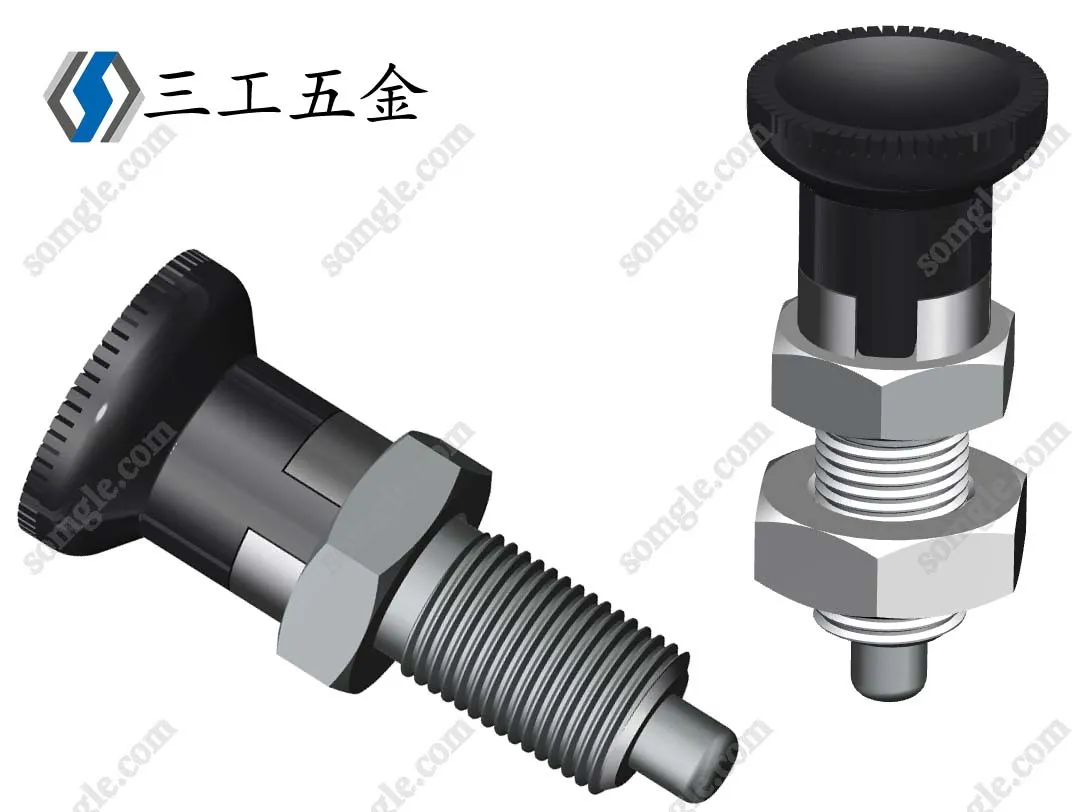How Captive Screws Improve Equipment Safety and Maintenance Efficiency

In industries like telecommunications, medical devices, server systems, and control panels, even a small missing screw can lead to serious consequences—damaged components, malfunction, or even safety risks.
To prevent such issues, more manufacturers are switching to Captive Screws, also known as Panel Fasteners.
This article from Dongguan Sango Hardware Fasteners Co., Ltd. explains what captive screws are, why they matter, where they’re used, and how they can enhance your product’s maintainability, compliance, and safety.
1. What Are Captive Screws?
Captive Screws are fasteners that remain attached to the panel or equipment even after being loosened. Unlike traditional screws, they cannot be fully removed or fall out, making them ideal for applications that require frequent access or safety compliance.
Key benefits include:
- 🛡️ Anti-loss: Screws won’t drop or get lost during maintenance
- 🔁 Quick disassembly: No need to remove the fastener completely
- 🧰 Tool-free or tool-assisted operation
- 📏 Compliance with CE, UL, or other safety regulations
2. Types of Captive Screws and Panel Fasteners
🔹 Tool-Operated Captive Screws
- Require a screwdriver or hex key
- Provide higher torque and security
- Used in industrial equipment, medical devices, defense electronics
🔹 Thumb Screw Captive Screws
- Can be fastened or released by hand
- Ideal for tool-free access in control panels, server racks, or test equipment
🔹 Spring-Loaded Captive Screws
- Built-in spring retracts the screw when loosened
- Prevents scratches or damage to nearby components
- Common in circuit board covers, modules, or hot-swappable panels
🔹 Panel Fasteners with Retaining Washers or Clips
- Additional components like washers keep screws seated
- Designed for plastic or soft materials that need reinforcement
🔹 Stainless Steel Captive Screws
- For harsh environments or cleanroom applications
- Available with electropolished or passivated finishes
3. Key Applications
Captive screws and panel fasteners are widely used in:
- 🔌 Telecom equipment (e.g. 1U/2U racks, fiber enclosures)
- 🧪 Medical analyzers and diagnostic systems
- 💾 Server cabinets and data center modules
- ⚙️ Factory automation control panels
- 📦 Portable test equipment and devices
- 🚗 EV battery packs and automotive electronics
4. How to Select the Right Captive Screw
| Selection Factor | Recommendation |
|---|---|
| Tool-free access | Choose thumb screw or knurled head captive screw |
| High vibration area | Use thread-locking or torque-limiting captive screw design |
| Tight space constraints | Low-profile spring-loaded captive screws |
| Material sensitivity | Nylon-tip or low-torque thumb screws |
| Environmental exposure | SUS304/SUS316 stainless steel captive screws |
Thread sizes available: M2–M10 (metric), #4–#10 (imperial)
Head styles: Flat, pan, truss, thumb, hex socket
Installation options: Press-fit, self-clinching, adhesive-mount, or clip-on
5. Case Study: Telecom Panel Manufacturer Eliminates Lost Screw Issues
Client: European fiber optic rack system integrator
Problem: Field engineers frequently lost mounting screws during maintenance, leading to delays and incomplete reassembly
Sango Hardware Solution:
- Supplied M4 × 10 stainless steel spring-loaded captive screws
- Customized thread + head for client’s 1U rack mounting
- Engraved with arrow indicators and company logo
Result:
- Reduced screw loss incidents by 100%
- Field service time decreased by 35%
- Product quality perception improved among end-users
6. Why Choose Sango Hardware for Captive Screws?
🔧 Full OEM/ODM Capability
Designs include anti-vibration thread, colored head, hand-operable thumb screws, and special retaining clips.
🛠️ Support for Panel Mounting Methods
Self-clinching, swage style, rivet-in, snap-in, and spring-clip retention available.
🧪 Comprehensive Testing
Torque test, salt spray resistance, fatigue testing, RoHS and REACH compliance provided.
📦 Export-Ready Supply Chain
We offer English datasheets, barcode labeling, international packaging, and multi-language support.
7. Conclusion: Secure, Safe, and Efficient Fastening Starts with Captive Screws
Captive screws solve more than just screw loss—they improve maintenance speed, user safety, and compliance in mission-critical equipment.
Whether you're designing:
- Server cabinets
- Instrumentation panels
- Telecom enclosures
- Modular systems
Dongguan Sango Hardware Fasteners Co., Ltd. can deliver high-quality captive screw solutions tailored to your application.